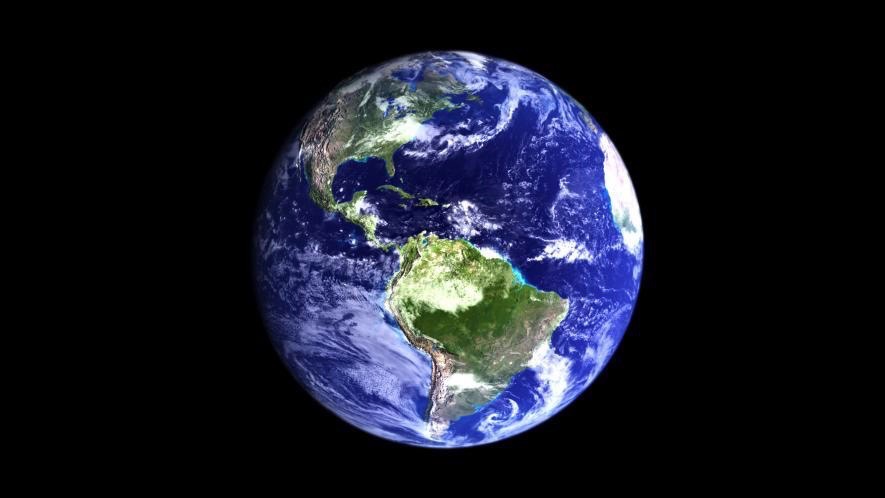China plans to further extend its space exploration missions. After sending sophisticated robots to the moon, a mission to Mars and developing its own space station, China now eyes discovering exoplanets, the planets outside the solar system.
It is expected that Chinese scientists will release detailed plans about the mission to discover exoplanets. The mission aims to survey planets outside the solar system but in other parts of the Milky Way orbiting stars like the Sun. Astronomers consider it is an opportunity to find another Earth-like planet, say Earth 2.0, where habitation is possible and which would have the right conditions for the existence of liquid water and for that matter life.
Previous missions of finding exoplanets, mainly undertaken by NASA, led to the discovery of around 5,000 exoplanets in the Milky Way. In this endeavor, NASA’s Kepler telescope system was used for around nine years and finally went out of fuel in 2018. Among those discovered, some of the exoplanets were found to be rocky Earth-like and orbiting small red dwarf stars. However, none of them fit into the definition of an Earth 2.0.
Jessie Christiansen, an astrophysicist at the Exoplanet Science Institute of NASA and California Institute of Technology, commenting on the limitation of the present technology vis-à-vis finding an exoplanet of the standard of Earth 2.0, said, “With current technology and telescopes, it is extremely hard to find the signal of small Earth-like planets when their host stars are one million times heavier and one billion times brighter.”
The to-be-launched-shortly Chinese mission, named Earth 2.0, expects to change it. The mission is funded by Chinese Academy of Sciences and its early design phase is on the brink of completion and will be reviewed by an expert panel in June. Following the approval of the designs by the panel, the manufacturing of the satellites will begin. The Chinese team expects to launch the mission before 2026 with the help of Long March rocket.
The satellite that would be built for Earth 2.0 mission will contain seven telescopes aimed for observing the sky for four years. Of these, six telescopes will survey the Cygnus-Lyra constellations. A constellation is a group of visible stars that forms outlines of particular shape (which can be mythological subjects, inanimate objects or an animal) in the sky.
The Cygnus Lyra constellations is the same patch that the Kepler telescoped surveyed. About the Kepler and its findings, Jian Ge, astronomer who is leading Earth 2.0 mission at the Shanghai Astronomical Observatory of the Chinese Academy of Sciences said, “The Kepler field is a low-hanging fruit because we have very good data from there.”
The technique that the Chinese telescopes will adopt is to detect small changes in the brightness of the stars, which is indicative of a planet passing by it. The Chinese scientists believe that using multiple small telescopes at once will provide a wider view than using a large telescope like the Kepler. The six telescopes in the Earth 2.0 mission will scan for 1.2 million stars in a much wider patch of the sky than Kepler could do.
Along with this, the mission will also be able to observe dimmer stars in comparison to the Transiting Exoplanet Survey Satellite of NASA, which can survey brighter stars near Earth. Ge believes that the Chinese satellite can be 10-15 times more powerful than Kepler.
The seventh instrument of the satellite will again be a telescope that would survey those planets which roam freely without orbiting any star. This telescope will also be able to observe planets that are quite at a distance form their stars such Neptune in the solar system. This telescope will target the center of the Milky Way, where a massive number of stars is located. If launched successfully, it will be the first gravitational micro-lensing telescope to be operating from space.





